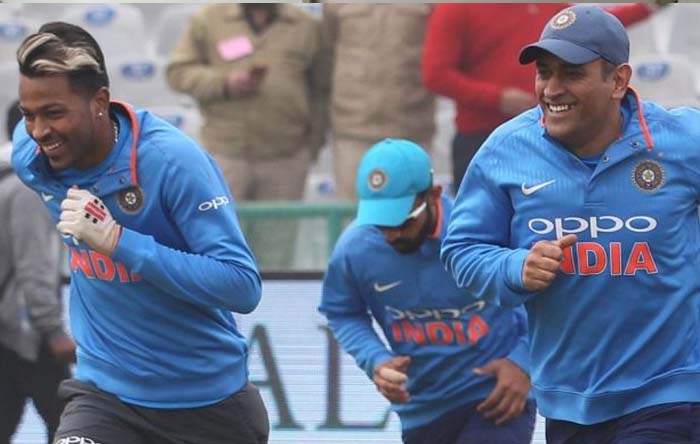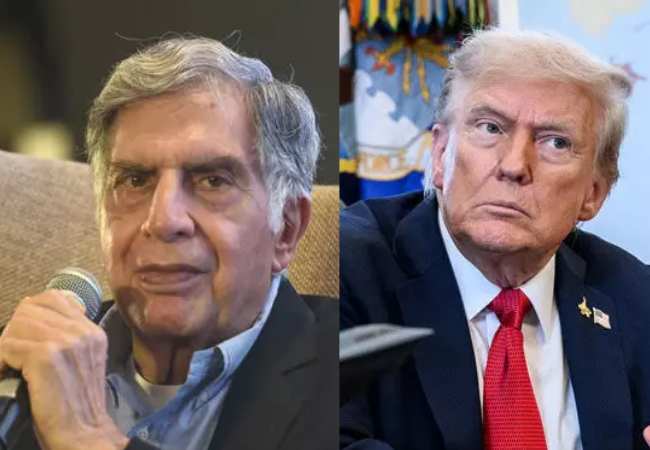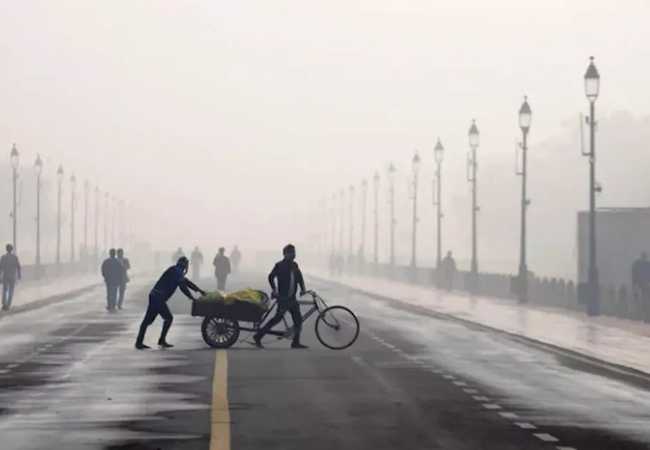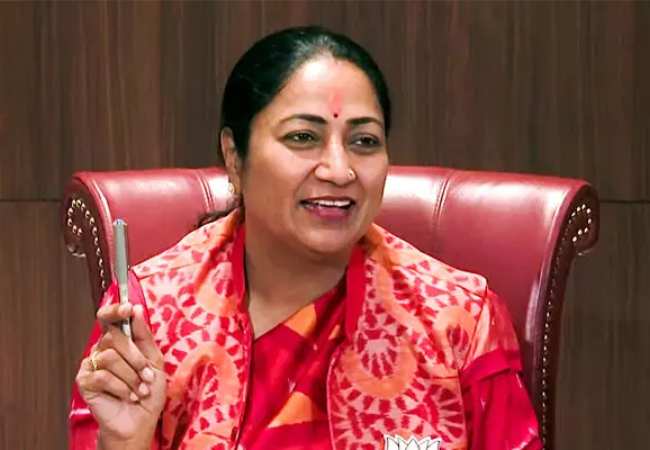New Delhi, Aug 29: Mahendra Singh Dhoni did not figure in the Indian team for the upcoming three-match T20 series against South Africa while a fit-again Hardik Pandya returned as the only change in the 15-member squad announced on Thursday.
The three T20 Internationals will be played in Dharamsala (September 15), Mohali (September 18) and Bengaluru (September 22).
Dhoni, who had taken a two-month sabbatical from the sport, is currently vacationing in the United States, having served the Territorial Army for 15 days.
It couldn't be ascertained whether the selectors spoke to Dhoni about his availability for the home series against South Africa.
Going strictly by the date of the squad selection for the tour of West Indies (July 21), Dhoni's "self-imposed break" officially ends on September 21, a day before the final T20 International against the Proteas.
The current selection committee headed by MSK Prasad "wants to look ahead" and sources in the know of things said that the 38-year-old World Cup winning former skipper is "not in their scheme of things".
"This selection committee is clear on one front. They will never ask any questions to Dhoni with regards to retirement as that's not their domain. But till they are in charge, they reserve the right to select the squad and as far as they are concerned, Rishabh Pant is now India's first-choice keeper across formats," a senior BCCI official told PTI.
With 22 T20 International matches before next year's T20 World Cup in Australia, the selection committee wants to put a succession plan in place for the new panel, which will take charge as and when the BCCI elections happen.
"The three choices as white ball keepers are Pant, Sanju Samson and Ishan Kishan," the official said.
But it is impossible to say what will happen when India have their next limited overs assignment. All eyes will be on whether Dhoni plays the Syed Mushtaq Ali Trophy for Jharkhand. The tournament is scheduled from November 8 to December 1.
If Dhoni is part of that, it would mean that he will play one more year of Indian Premier League for Chennai Super Kings.
As chief coach Ravi Shastri had recently pointed out that only three to four players from the ODI squad are certainties in the shortest format. Captain Virat Kohli, his deputy Rohit Sharma, all-rounder Hardik Pandya and pacer Jaspit Bumrah probably comprise that quartet.
A cursory look at the squad says that it is almost similar to the one that blanked the West Indies 3-0 in the previous series in the United States and the Caribbean.
Pacer Bhuvneshwar Kumar is the only player left out as part of the workload management programme while the younger of the Pandya brothers -- Hardik -- was back in the team after being rested to treat his minor niggles.
The likes of Krunal Pandya, Chahar brothers -- seamer Deepak and leg-spinner Rahul, finger spinner Washington Sundar, tearaway quicks Navdeep Saini and Khaleel Ahmed are all part of the current T20 set-up.
"There will be a few changes and few more players might be checked out as we progress. Like Bumrah is again not playing the T20s and simply because he will then play three Test matches (vs South Africa) in three weeks. His workload management as Virat pointed is very crucial," the official said.
Samson is another player who is expected to get a look-in sometime during the season as Pant is expected to play across formats.
"Pant's workload also needs monitoring and Sanju's batting is on par with Pant. Ishan is also around," the official said.
Mumbai all-rounder Shivam Dube, a prolific hitter, could also come into the radar if he can improve his bowling by a few notches. It is widely believed that the experiment with Vijay Shankar could be all but over and when Hardik is not around, Shivam could fit into that role.
Similarly, right-arm wrist spinner Rahul, who was brilliant for Mumbai Indians, is considered to be another serious prospect, who is being seen as a better bowler in the shortest format compared to Yuzvendra Chahal.
India's squad for 3 T20Is against South Africa: Virat Kohli (capt), Rohit Sharma, KL Rahul, Shikhar Dhawan, Shreyas Iyer, Manish Pandey, Rishabh Pant (WK), Hardik Pandya, Ravindra Jadeja, Krunal Pandya, Washington Sundar, Rahul Chahar, Khaleel Ahmed, Deepak Chahar, Navdeep Saini.
Let the Truth be known. If you read VB and like VB, please be a VB Supporter and Help us deliver the Truth to one and all.
Hyderabad (PTI): The Telangana government on Sunday said it has decided to name the upcoming greenfield radial road at the proposed RRR in honour of the late industrialist Ratan Tata.
In another proposal, a high-profile road along the United States Consulate General in Hyderabad will be named ‘Donald Trump Avenue’, the government said in a release.
The state government will write to the Union Ministry of External Affairs and the US Embassy to inform them of the plans.
Earlier this year, Chief Minister A Revanth Reddy, while addressing the annual US-India Strategic Partnership Forum (USISPF) conclave in Delhi, had proposed naming key roads in Hyderabad after leading global corporations.
Additionally, a prominent stretch will be named ‘Google Street’ to recognise the global impact and contribution of Google and Google Maps.
The road along Google’s upcoming campus, set to be the company’s largest outside the US, in Hyderabad’s Financial District, will receive this recognition, the release said.
The proposals are part of the Telangana government’s initiative to position the state as a hub for innovation-driven development.
Microsoft and Wipro are also expected to receive recognition in the city’s topography, with a Wipro Junction and a Microsoft Road, in line with the chief minister’s vision, the release added.
The state government is considering dedicating additional roads in honour of distinguished individuals and corporations.





